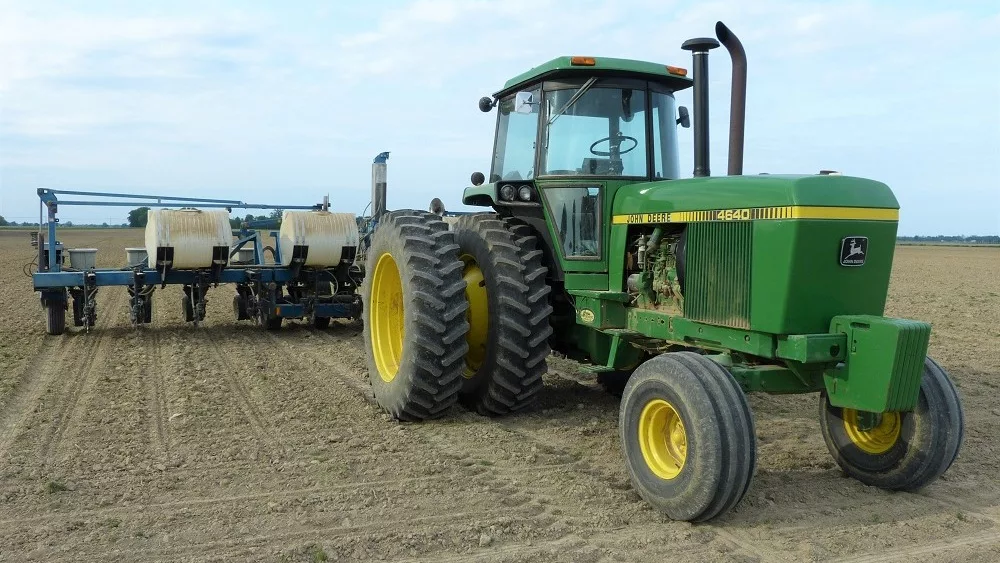
Fields are starting to change colors as harvest approaches. But one color soybean producers don’t want to see now is sudden death syndrome (SDS) brown in soybeans.
According to Dr. Marty Chilvers of MSU’s Department of Plant, Soil and Microbial Sciences, SDS has been more prevalent in Michigan this year than in 2019.
“It continues to be a disease that’s spreading through the state, and in some instances, becoming worse in severity,” he said. “Southwest, south[ern] and south [Michigan] are some of the worst hit areas with SDS in terms of the inoculum pressure that’s in the soil. We get into the Thumb, we’ve certainly got areas out there where you see quite a bit of SDS, but it tends to be a little bit more severe in the south.”
With early planting and early rainfall, Chilvers said that that set areas up for SDS. For him, it doesn’t come as a surprise.
“The SDS fungus infects the roots early in the season, and then colonizes the roots that produces the toxin that moves up to the foliage that gives us our symptoms we start to see in August,” he said.
Another disease that might resemble SDS is brown stem rot. Chilvers said that is easy to diagnose, and they can simultaneously exist in the same plant.
“Pull up the plant, split stems and inside the stem, there should be a white pith material above ground,” said Chilvers. “If it’s brown stem rot, that piece will be, as the name suggests, brown in color.”
SDS can rob up to 70 percent of yield. While it’s too late in the season to effectively manage SDS, Chilvers suggests Ilevo and Saltro seed treatments in the spring.
“The other important thing like any other disease is picking the variety with good resistance to SDS,” he said. “No variety is completely resistant, but we have some varieties of more resistant or tolerance to SDS than others.”
If you’re not sure about identifying diseases, send a sample to the Plant and Pest Diagnostic Clinic at MSU.





